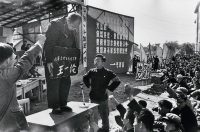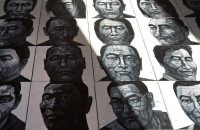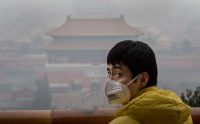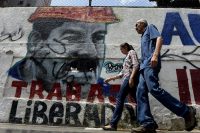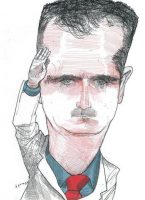The Problem with Poland
In 2011, Jarosław Kaczyński, the leader of Poland’s right-wing Law and Justice Party (known as PiS), announced he wanted to create “Budapest in Warsaw.” Since his party’s resounding election victory in October, the conservative politician has kept his promise. Led by Kaczyński protégé Beata Szydło, the new Law and Justice government has done everything it can to emulate the authoritarian course of Hungarian Prime Minister Viktor Orbán: already, it has attacked the constitutional court, undermined Poland’s independent civil service, and set out to bring the public media under government control. Unlike in the case of Hungary, the European Union has reacted quickly.… Seguir leyendo »



